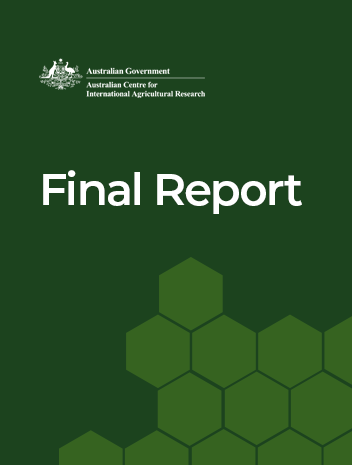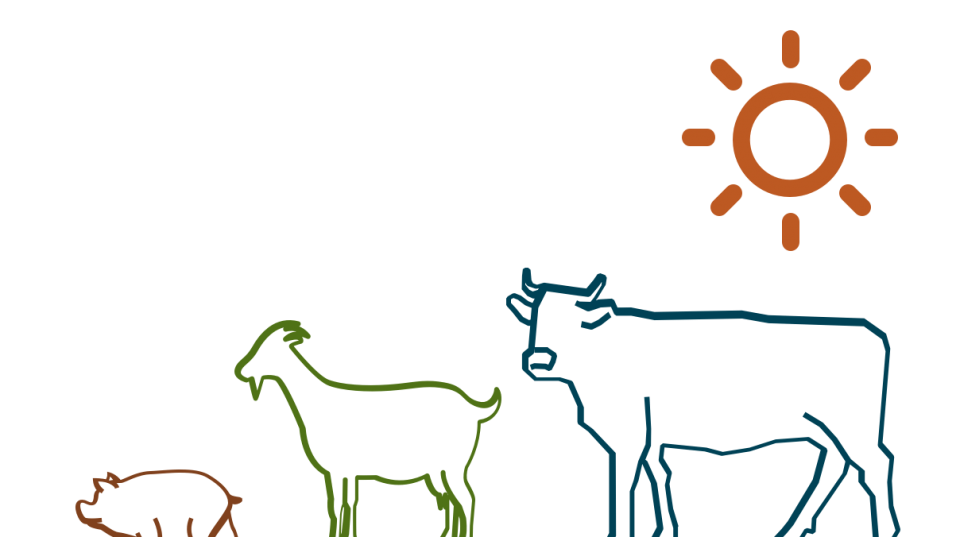Overview
Over the past few years, the demand by consumers for poultry meat in Myanmar has increased dramatically. Rises in urbanization, incomes and population size are significant factors in this trend. However, the supply of indigenous chickens is often inadequate to meet consumer demand due to reliance on normal village extensive production methods, i.e. natural mating with egg incubation under broody hens, and the very high attrition rate in young chicks. In addition, the performance of birds is limited by the extensive management involving either significant reliance on the birds’ ability to forage for food in the environment and/or limited feeding of grain or poultry feed, often with widely varying nutrient composition.
Intensive/semi-intensive indigenous chicken production has a great potential to provide small-scale farmers with additional business opportunities, because 1) indigenous chicken are sold at premium prices that are often up to four times that of broiler chickens, 2) indigenous chicken are the preferred poultry meat for consumption, 3) indigenous chicken are raised sustainably under free-range conditions without the use of antimicrobials, and 4) indigenous chicken are in high demand because of the increased health consciousness of consumers.
The small-research and development activity reported here focused on identifying opportunities for diversifying indigenous poultry production by developing an intensive/semi-intensive indigenous chicken production system that can be adopted by a significant proportion of small-scale farmers (in particular women), across the whole country. The research was based on preliminary activities that commenced in the ACIAR funded DAHAT PAN project (AH/2011/054).
Project outcomes
This research has demonstrated the importance of achieving good growth performance from the birds in order to achieve good profitability from intensive or semi-intensive production of village chickens. It is acknowledged that optimal economic performance from these birds, as a consequence of their considerably lower genetic potential for growth, than broilers, may be achieved on diets with lower nutrient specifications than commercial broiler diets. However, considerably more work is required to define the nutrient requirements of these birds and hence to develop optimal diets to maximise economic performance. The project generated a unique dataset and methodology that provides an opportunity to develop a semi-intensive production system that can be adopted by a significant proportion of small-scale farmers with limited resources, in particular women. Such an enterprise offers a distinct opportunity for a first step out of poverty. Veterinary service providers and animal feed and health product and vaccine suppliers will also be important beneficiaries of semi-intensive indigenous chicken production. As village poultry production plays a vital role in the livelihoods of traders, middle-men and sellers of poultry products in rural communities, semi-intensive indigenous chicken production could increase their trade volume and income. Thus, under the one-health paradigm, rural food and nutrition security could be maximized through increased numbers of chickens and eggs available in rural communities and through increased trade in peri-urban and urban communities.
The feeding trials demonstrated the potential of intensive production of indigenous birds to be economically viable given appropriate diets. The data obtained clearly demonstrated the value of intensive housing and feeding of young chicks in minimizing the attrition rate (to less than 10%), which has a profound impact on the economic viability of production. However, more work is required to define optimum nutrient composition and marketing age. We were able to develop an appropriate design for semi-intensive rearing facilities using local, sustainable and affordable materials, but we also identified a key challenge for semi-intensive rearing: chicks for semi-intensive (or intensive) rearing were not readily available. This highlights the need to establish breeding farms for indigenous chickens, from where farmers are able to purchase birds for semi-intensive or intensive rearing.
There are a number of factors which determine the potential viability of intensive and semi-intensive chicken production and which need to be considered and further researched. These include breeding and genetics, housing and nutrition, quality and availability of poultry feed, and marketing of birds.





